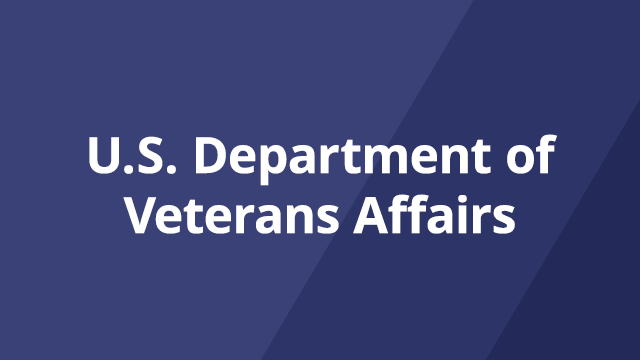
Case Study
U.S. Dept. of Veterans Affairs decreases invoice processing costs by 33%
-
Previously, VA using multiple, siloed systems to process invoices
-
Used the Pega Platform™ to create a dual payment processing system in less than 12 months
-
Decreased invoice processing costs and increased annual invoice volume
The Business Issue
The U.S. Department of Veterans Affairs (VA) is responsible for administering programs to support veterans, their families, and survivors. The VA has more than 439,000 employees and encompasses a network of more than 2,000 medical facilities, clinics, and benefits offices nationwide.
The VA Financial Services Center (FSC) processes payment on behalf of medical facilities nationwide for the purchase of hospital equipment. It handles more than 500,000 veteran claims; manages payroll for more than 439,000 employees; and verifies more than $13B in credit card transactions and processes every month. Previously, the FSC relied on multiple, siloed systems stitched together, making communication among systems slow and expensive to maintain.
The VA FSC faced several challenges in its processes, including the need to improve the certification of invoices, streamline payment processing, and address payment integrity issues. Congressional mandates and legislation also increased VA benefits, driving additional workflows to manage education benefits and increased oversight of unauthorized vendor payments. With a growing volume of invoices and the requirement to provide faster and more efficient services to its customers, the VA FSC needed to find a solution that could automate processes, improve accuracy, and reduce manual effort.
The Solution
To ensure the most advanced medical equipment and services are available for veteran care, the FSC implemented the Invoice Payment and Processing System (IPPS) on the Pega PlatformTM and has begun implementing Pega robotic process automation. With IPPS, VA FSC has streamlined operations, improved accuracy, and decreased invoice processing costs by 33%.
It is also a critical first step toward converting manual faxed forms into webforms, eliminating the current fax submission process and improving visibility for customers into the status of their requests. With this capability, FSC is leveraging robotic process automation to capture data from the webform and populate it without the traditional data entry process.
Following the success of the launch of the IPPS, its Pega COE was tasked with expanding the scope of work across the FSC to enable digital transformation and agile development with DevOps Delivery.
It leveraged the Pega Platform and solution toolsets to automate and streamline processes. By adopting Agile software development methodologies, the FSC established Agile Scrum teams that could deliver new features to business users in record time. Pega's powerful smart rules engine and case management capabilities allowed the FSC to quickly build workflows, automate invoice processing, and improve payment integrity.
The Results
- Dual Payment Processing system created in less than 12 months
- 33% lower invoice processing costs
- Reduced invoice processing time from 10 days to as little as 2 minutes while
- 58% increase in volume of invoices processed
- 33% increase in dollar value of payments processed, to $21 billion (up from $14B)
- No increase in payment processing staffing levels, despite 58% volume increase
- 14k manual hours saved with Pega robotic process automation
- Cumulative cost reduction estimated at 40%
- Record-setting results on performance metrics, such as late payment rates and discounts
All text sourced directly from Governments Building for Change.
Related Resources
eBook
Read the full article on VA FSC in this report.
Highlights
Watch this video short about VA FSC’s strategy.
Demo Video
There’s no one-size fits all for government legacy modernization. That is why leaders across the globe are using Pega Government Platform.
